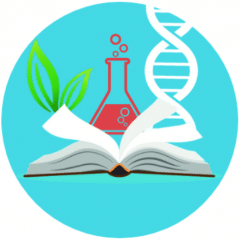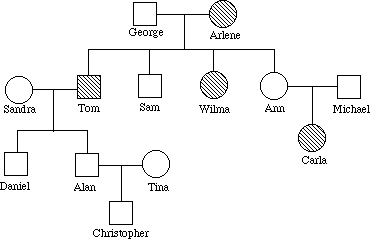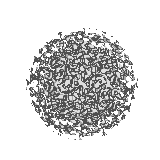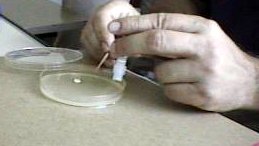|
AP Biology: CHAPTER 25: PHYLOGENY AND SYSTEMATICS
1. What is phylogeny? __________________________________________________________________________ __________________________________________________________________________ 2. How are fossils significant to our study of biology? __________________________________________________________________________ __________________________________________________________________________ 3. Review these key points in the study of fossils: a. Sedimentary rocks are the richest source of fossils. __________________________________________________________________________ __________________________________________________________________________ b. Paleontologists use a variety of methods to date fossils. __________________________________________________________________________ __________________________________________________________________________ c. The fossil record is a substantial, but incomplete, chronicle of evolutionary history. __________________________________________________________________________ __________________________________________________________________________ d. Phylogeny has a biogeographic basis in continental drift. __________________________________________________________________________ __________________________________________________________________________ e. The history of life is punctuated by mass extinctions. __________________________________________________________________________ __________________________________________________________________________ 4. List examples of fossils. ______________________________________________________ __________________________________________________________________________ __________________________________________________________________________ 5. What techniques do relative dating use to place fossils in their place in geologic time? __________________________________________________________________________ __________________________________________________________________________ 6. What marks the separation between the major eras in the geologic time scale? __________________________________________________________________________ __________________________________________________________________________ 7. How does absolute dating compare to relative dating? __________________________________________________________________________ __________________________________________________________________________ 8. Describe the two main characteristics of the Linnaean system of classification. a. _______________________________________________________________________ b. _______________________________________________________________________ 9. What modern techniques are used as the basis for grouping creatures with modern phylogenetic systematics? __________________________________________________________________________ __________________________________________________________________________ 10. What does a phylogenic tree show? __________________________________________________________________________ __________________________________________________________________________ 11. When classifying organisms in a cladistic diagram, identify three pitfalls scientists might encounter classifying creatures. a. _______________________________________________________________________ b. _______________________________________________________________________ c. _______________________________________________________________________ 12. What do scientists use when placing an organism on a cladistic diagram? __________________________________________________________________________ __________________________________________________________________________ 13. How have molecular clocks influenced our thoughts on evolutionary paths? __________________________________________________________________________ __________________________________________________________________________ 14. Why is the four chamber heart a poor choice of structure to place creatures on a phylogenic tree? __________________________________________________________________________ __________________________________________________________________________ 15. Why are crocodiles now thought to be closer to birds than other reptiles? __________________________________________________________________________ __________________________________________________________________________
|





 Using a moist, sterile, cotton swab, spread the bacteria around on the plate.
Using a moist, sterile, cotton swab, spread the bacteria around on the plate. and push out a disc into your plate. Use the toothpick to gently press the disc onto the agar. Once you have added the five antibiotic discs to your plates, make sure the plates are labelled and store them in the back of the lab until next week.
and push out a disc into your plate. Use the toothpick to gently press the disc onto the agar. Once you have added the five antibiotic discs to your plates, make sure the plates are labelled and store them in the back of the lab until next week.